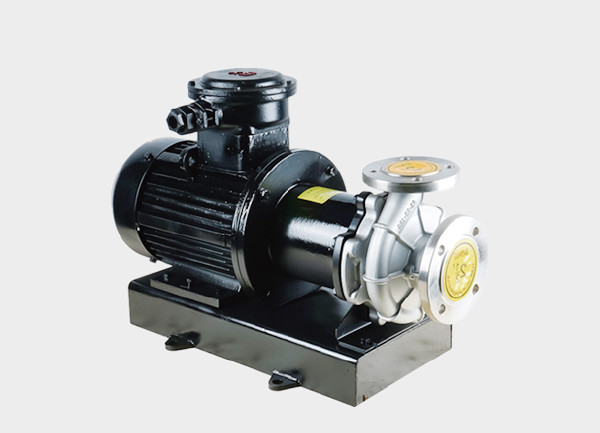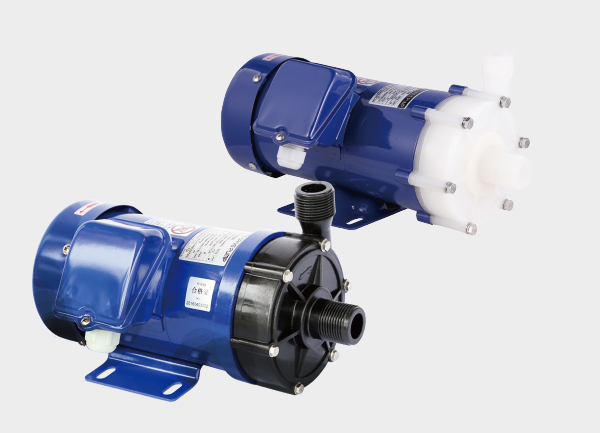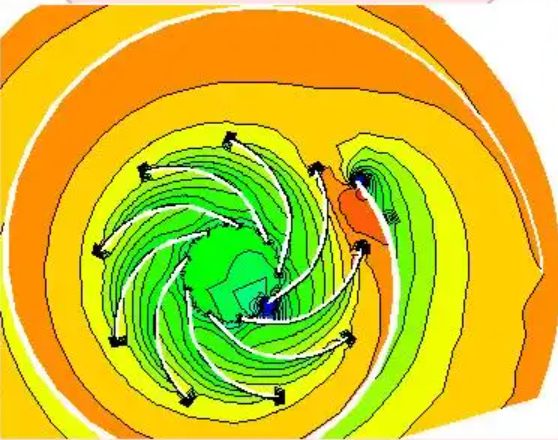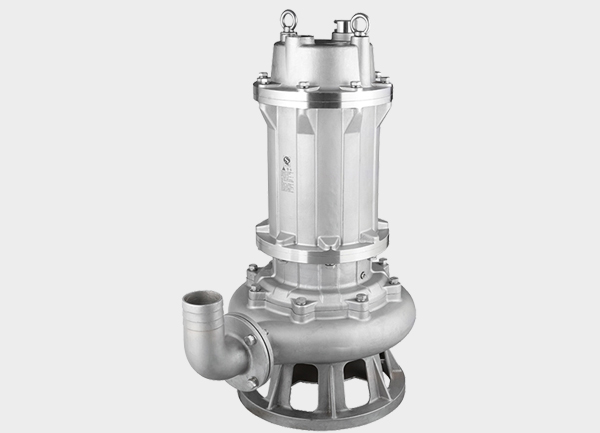Understanding industrial water filtration systems requires more than just knowing their categories—it demands a clear grasp of the working principles, technical differences, and maintenance logic behind each filtration stage.
This guide breaks down the system into four key dimensions—filtration technology, component details, operation & maintenance, and selection logic—to help you turn theoretical knowledge into a practical selection and operation manual.

1. Core Filtration Technologies: From Principles to Practical Application
Different filtration technologies vary mainly in filtration accuracy and application scope. It’s crucial to understand how pre-treatment and deep filtration stages connect, to avoid system inefficiency or equipment damage.
| Technology Type | Typical Equipment | Filtration Accuracy (Particle Removal) | Core Advantages | Typical Application Scenarios |
|---|---|---|---|---|
| Gravity Filtration | Quartz sand filters, valveless filters | 5–100 μm (sand, large suspended solids) | No power consumption, low maintenance, ideal for high flow rates | Municipal reclaimed water pre-treatment, steel mill cooling water |
| Pressure Filtration | Multimedia filters, bag filters, self-cleaning filters | 1–50 μm (colloids, small particles, fibers) | Compact design, 3–5× faster than gravity filters, supports automation | Food & beverage process water, coolant filtration in machining |
| Membrane Filtration (MF, UF, NF, RO) | MF: 0.1–1 μm (bacteria, large colloids); UF: 0.01–0.1 μm (viruses, proteins); NF: 0.001–0.01 μm (small organic molecules, divalent ions); RO: <0.001 μm (most ions, small molecules) | Highest precision, enables pure or ultra-pure water | MF: Pharmaceutical pre-treatment; UF: Electronic industry pure water pre-treatment; NF: Chemical wastewater desalination; RO: Semiconductor ultra-pure water, boiler feedwater |
Important Note:
Membrane systems must be paired with pretreatment (e.g., pressure filtration). If not, suspended solids in the raw water will clog the membranes, causing irreversible fouling and costly replacements—a common and expensive operational pitfall.
2. Key Components: Beyond “What It Is” to “How to Choose It”
Each component’s material, configuration, and parameters directly affect durability and performance. Avoid “universal” models that don’t fit actual process conditions.
1. Filter Housing Material
The material determines corrosion resistance and service life:
Stainless Steel (304 / 316L):
Suitable for mildly corrosive water (e.g., drinking water, circulating water).
316L offers higher chloride resistance, suitable for low-salinity seawater pre-treatment.Carbon Steel with Rubber/Plastic Lining:
Used in highly corrosive wastewater. More economical, but damaged lining leads to rust—regular inspection is essential.FRP (Fiberglass Reinforced Plastic):
Lightweight, corrosion-resistant, and ideal for large outdoor units (like multimedia filters).
However, it’s not suitable for high temperatures (≤60°C).
2. Filter Media and Membrane Elements
Filter Media: The key is not only material type but also particle size grading (layered configuration for better filtration efficiency):
Quartz Sand: 0.5–1.2 mm, fine on top, coarse at bottom — used for turbidity removal.
Activated Carbon: Granular (removes chlorine, odor) or powdered (removes organic pollutants).
Anthracite: Lighter than sand, used as the upper layer to increase sediment capacity.
Membrane Elements: Focus on two key parameters:
Flux: The water volume passing through per unit area per hour.
High flux increases fouling risk.Salt Rejection Rate: RO membrane efficiency indicator; industrial-grade membranes typically ≥99.5%.
3. Backwash System
Determines the lifespan of filter media or membranes.
Water Backwash:
Used for quartz sand and activated carbon filters.
Standard intensity: 10–15 L/(m²·s), duration: 5–10 min.
Uniform water distribution prevents media loss.Air-Water Combined Backwash:
Ideal for dense media or membranes (e.g., ceramic).
Air loosens solids before water flushes them out, improving cleaning efficiency by ~30%.
Requires an air compressor.
4. Control System
Automation directly impacts operating costs:
Basic Model: Manual valves and pressure gauges; operators monitor pressure drop manually (≥0.05 MPa triggers backwash).
Advanced Model: PLC controller + sensors (flow, level, turbidity) enable automatic backwash and fault alarms.
Smart Model: IoT integration for remote monitoring and predictive maintenance (e.g., membrane replacement alerts).
3. Operation and Maintenance: Daily Management Is the Real Key
Most filtration issues come from poor maintenance, not poor design. Focus on three key areas:
1. Regular Monitoring
Pressure Drop:
Rising ΔP = clogging (initiate backwash).
Constant ΔP = media compaction (requires cleaning).Outlet Water Quality:
Turbidity >1 NTU (filter media) or a sudden conductivity rise (membrane) indicates media damage or membrane failure.Backwash Effectiveness:
Discharge water turbidity after backwash should be <5 NTU; if ΔP remains high, increase time/intensity or check nozzles.
2. Media and Membrane Replacement Cycle
Filter Media:
Quartz sand/anthracite: every 2–3 years.
Activated carbon: 1–2 years (replace when residual chlorine >0.1 mg/L).Membrane Elements:
MF/UF: 3–5 years; RO: 2–3 years.
Replace when salt rejection is <90% or flux decreases by 50%.
3. Common Troubleshooting
Media Loss:
Check valve sealing or diffuser plate damage; replace components if needed.Membrane Fouling:
Clean according to fouling type:Colloidal fouling → citric acid
Organic fouling → NaOH solution
Microbial fouling → sodium hypochlorite
Avoid using strong acids/alkalis that damage the membrane.
4. Selection Logic: Four Steps to Choose the Right System
Selecting a filtration system is not about highest specs, but best fit for your process. Follow this four-step logic:
Step 1. Identify Raw Water Quality and Target Requirements
Analyze raw water: Suspended solids, corrosive substances, salt content, etc.
Define output standards: For example:
Circulating water → turbidity <5 NTU
Electronic ultra-pure water → conductivity <1 μS/cm
Step 2. Define Flow Rate and Operating Conditions
Flow rate: Design for peak hourly demand (typically +20% above average).
Conditions:
Temperature (membrane systems <40°C)
Pressure (RO requires 1.0–1.5 MPa)
Installation space (compact = vertical filter; outdoor = horizontal sand filter).
Step 3. Balance Investment and Operating Costs
| Cost Type | Gravity Filter | Pressure Filter | Membrane Filter |
|---|---|---|---|
| Initial Cost | Low | Medium | High |
| Operating Cost | Minimal | Moderate (pumping energy) | High (energy + membrane replacement) |
Decision Logic:
For basic turbidity removal → gravity or pressure filtration
For high-purity or desalinated water → membrane filtration is essential
Avoid “overdesigning”—choose based on actual water quality and purity needs.
Conclusion
An industrial water filtration system performs best when each stage—from coarse filtration to fine membrane treatment—works in harmony.
By understanding the technical differences, component selection, operation routines, and cost-performance logic, you can design or operate a filtration system that is efficient, durable, and optimized for your specific industrial application.







